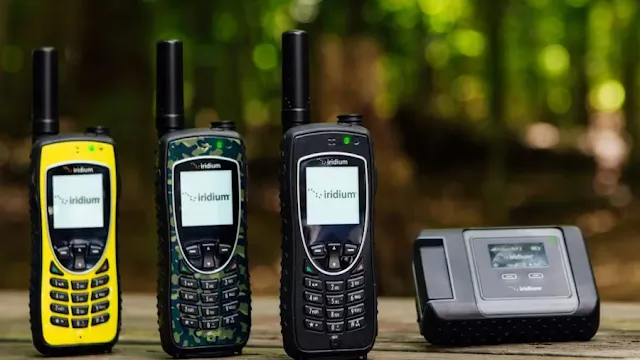Where is the safest place to keep cash when traveling?
Flying can be an exhilarating experience, opening doors to new adventures, opportunities, and cultures. However, managing your cash during flights requires thoughtful strategy to ensure security and accessibility. Whether you're a seasoned traveler or setting off on your first journey, knowing where to stash your cash can save you from potential headaches. This article explores practical tips on where to put your cash when flying, blending security with convenience.
Keep It Close: The Carry-On Rule
The golden rule for flying with cash is to keep it close. Your carry-on luggage or personal item is the safest place for your money during a flight. These tips will help you manage your cash efficiently:
Divide and Conquer
Avoid keeping all your cash in one spot. Distribute it among different compartments of your carry-on bag or personal item. This minimizes risk in case of theft or loss.
Money Belts or Neck Pouches
For added security, consider wearing a money belt or a neck pouch under your clothing. These accessories are designed to be discreet and provide easy access to your cash and other important documents like your passport.
Lock It Up
If your carry-on bag has zippers, use a small TSA-approved lock. While it may not be entirely foolproof, it adds an extra layer of security and deters opportunistic thieves.
Clothing With Hidden Pockets
Innovative travel gear, including jackets, scarves, and even underwear with hidden pockets, can be a game-changer for carrying cash. These clothing items offer concealed compartments that are not only inaccessible to pickpockets but also ensure your cash is literally kept close to you.
The Minimalist Wallet
Consider using a slim, minimalist wallet that carries only what you absolutely need: some cash, an identification card, and a credit or debit card. This can easily slip into your front pocket, reducing the risk of theft compared to back pockets or purses.
Avoiding the Checked Baggage Temptation
Should I put cash in luggage or carry-on?
It might seem like a good idea to stow some of your cash in checked luggage, but this is a risk you don't want to take. Loss, damage, and theft are far more common with checked baggage than carry-on items. Always keep your cash and other valuables with you in the cabin.
- Cash Alternatives: Diversify Your Money While carrying cash is necessary, relying solely on it during travel is not advised. Consider diversifying your money sources:
- Travel Money Cards: Prepaid travel cards can be a secure way to access funds internationally without carrying a lot of cash.
- Credit and Debit Cards: Ensure you have a credit or debit card suitable for international use. Notify your bank of your travel plans to avoid any fraud alerts or blocks on your account.
- Digital Wallets: Apps like Apple Pay, Google Wallet, or Samsung Pay can be convenient and secure options, depending on your destination's acceptance of digital payments.
Final Thoughts
Flying with cash doesn't have to be a source of anxiety. By implementing these strategies, you can ensure your money is safe, secure, and accessible, letting you focus on the more enjoyable aspects of travel. Remember, the goal is not just to safeguard your cash but to do so in a way that doesn't impede your travel experience. Safe travels, and may your adventures be as rewarding as they are secure!











